The scattering of helium atoms off a crystal surface reveals how defects in the crystal’s lattice influence its ability to transport heat.
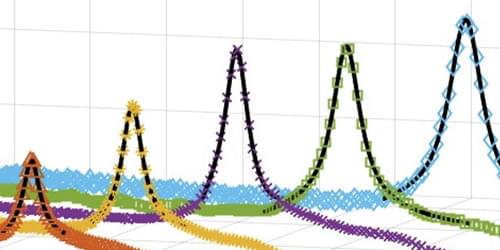

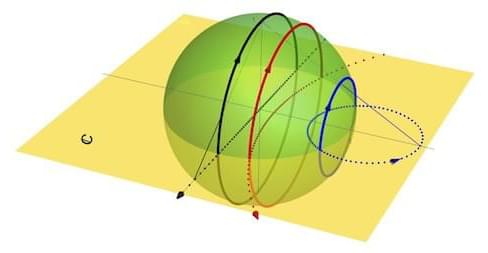
A new approach to solving arrays of two-dimensional differential equations may allow researchers to go beyond the one-dimensional oscillator paradigm.
A frictionless pendulum and a pendulum clock behave alike, but they belong to different worlds: Hamiltonian systems and dissipative systems, respectively. In the Hamiltonian world, completely integrable—that is, solvable—systems serve as a mathematical basis for dealing with more general cases that aren’t integrable. An analogous strategy doesn’t work for nonlinear non-Hamiltonian dissipative systems, however. In that case, the best researchers can achieve is partial integrability. Until recently, it was thought that an array of globally coupled oscillators could be partially integrable only if each oscillator has only one degree of freedom. Now Rok Cestnik and Erik Martens, both at Lund University in Sweden, report on a quasi-integrable system consisting of N two-dimensional oscillators described by ordinary differential equations (ODEs) [1].
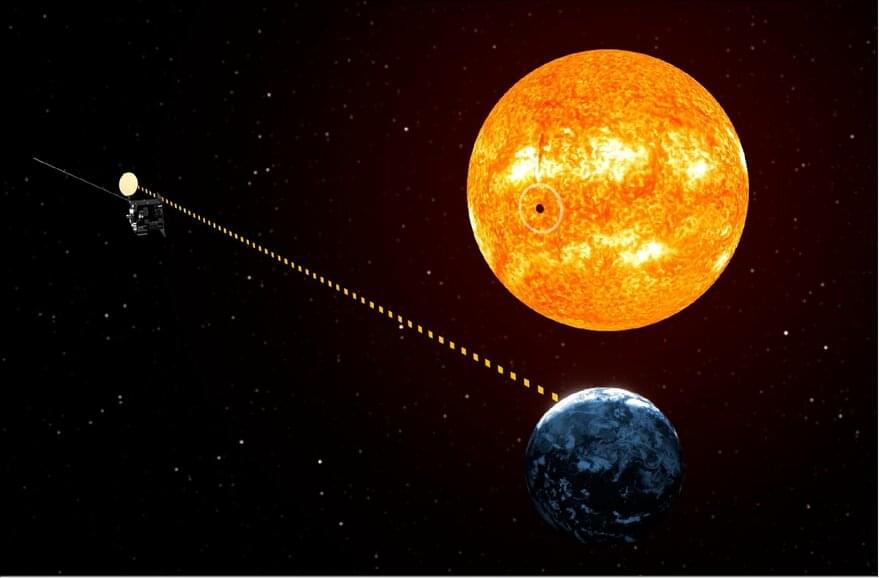
“We have not forgotten our science colleagues. In fact, they are important partners for the mission,” Giuseppe Mandorlo, Vigil project manager, said Jan. 29 at the American Meteorological Society annual meeting here.
Vigil will provide space weather data from sun-Earth Lagrange point 5. Data gathered from L5 could provide notice of four to five days of solar winds streaming toward Earth.
Data from Vigil sensors coupled with the National Oceanic and Atmospheric Administration’s Space Weather Follow-On (SWFO L1) mission destined for L1 promise to improve early warning of solar storms, Mandorlo said.

WASHINGTON — Quindar has raised an additional $6 million to further development of software to automate operations of satellite constellations.
The company announced Jan. 30 that it closed $6 million in funding as an extension to a $2.5 million seed round it announced a year ago. Venture capital firm Fuse led the round with participation from existing investors Y Combinator and Founders Fund.
Quindar has developed software designed to automate satellite operations. The company says it has validated that system with an unnamed customer who is using it to manage a growing fleet of spacecraft.
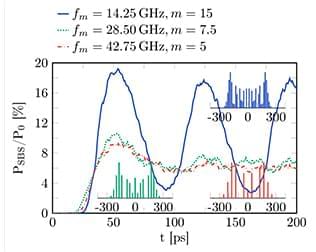
Large energetic laser facilities provide an amazing tool for bringing matter into high energy density states but achieving a good energy conversion requires to optically smooth the high-power laser beams. Optical smoothing reduces the laser spatial and temporal coherences, allowing to mitigate the development of unwanted laser–plasma instabilities (LPI). Two schemes have been mainly developed: polarization smoothing and smoothing by spectral dispersion. Here, we focus on the latter. Smoothing by spectral dispersion consists in broadening the spectrum usually through a sinusoidal phase modulation and dispersing it with an optical grating. It is usually considered that the modulation frequency should be equal to the inverse of the time delay of the grating, because it maximizes the number of uncorrelated speckles patterns at a given bandwidth. However, current optical smoothing designs are still not sufficient for mitigating LPI. Because the optical smoothing system possesses degrees of freedom, we propose to improve the optical smoothing efficiency by a better tuning of those parameters. Considering the Laser Mégajoule optical system framework, we show that an increase in the modulation frequency allows a better efficiency of the smoothing while keeping the same bandwidth. We assess the efficiency by looking at a better mitigation of the stimulated Brillouin scattering that, due to its dangerousness in hohlraums developed for inertial confinement fusion applications in the indirect drive scheme, serves as a witness instability.
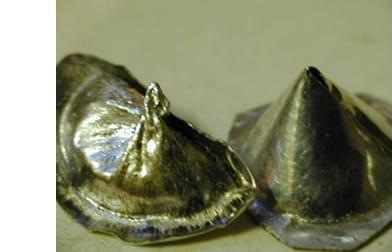
Existence of an axial (poloidal) component of magnetic field in the dense plasma focus has been inferred using multiple diagnostics in many laboratories since 1979. It has not received much attention because its origin as well as role in plasma focus physics was unclear till recently. Recent discovery of long-lasting neutron emission perpendicular to the axis in PF-1000 and neutron fluence ratio (end/side) less than unity in Gemini shows that azimuthally accelerated and radially confined deuterons play an observable role in fusion reactions. A spontaneously generated poloidal magnetic field can provide both the azimuthal electric field necessary for acceleration and radial confinement of the ions being accelerated in the acceleration zone. A comprehensive survey of plasma focus research also confirms the role of spontaneously self-organized plasma objects in the fusion reaction process where their three-dimensional magnetic field structure provides a mechanism for accelerating and trapping ions making them repeatedly pass through a dense plasma target. With emerging appreciation of the likely role of the axial magnetic field in plasma focus neutron emission, it becomes imperative to consider models for its origin. This Letter proposes a partial theory of growth of the axial (poloidal) magnetic field via a simple dynamo, with the geomagnetic field as the seed, which converts the kinetic energy of the plasma into energy of the poloidal magnetic field. This theory leads to an experimentally testable proposition.
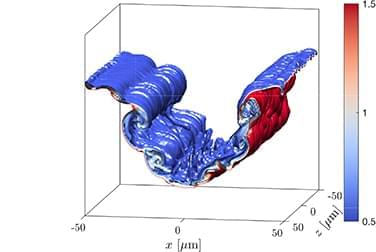
Simulating KH-, RT-, or RM-driven mixing using direct numerical simulations (DNS) can be prohibitively expensive because all the spatial and temporal scales have to be resolved, making approaches such as Reynolds-averaged Navier–Stokes (RANS) often the more favorable engineering option for applications like ICF. To this day, no DNS has been performed for ICF even on the largest supercomputers, as the resolution requirements are too stringent.8 However, RANS approaches also face their own challenges: RANS is based on the Reynolds decomposition of a flow where mean quantities are intended to represent an average over an ensemble of realizations, which is often replaced by a spatial average due to the scarcity of ensemble datasets. Replacing ensemble averages by space averages may be appropriate for flows that are in homogenous-, isotropic-, and fully developed turbulent states in which spatial, temporal, and ensemble averaging are often equivalent. However, most HED hydrodynamic experiments involve transitional periods in which the flow is neither homogeneous nor isotropic nor fully developed but may contain large-scale unsteady dynamics; thus, the equivalency of averaging can no longer be assumed. Yet, RANS models often still require to be initialized in such states of turbulence, and knowing how and when to initialize them in a transitional state is, therefore, challenging and is still poorly understood.
The goal of this paper is to develop a strategy allowing the initialization of a RANS model to describe an unsteady transitional RM-induced flow. We seek to examine how ensemble-averaged quantities evolve during the transition to turbulence based on some of the first ensemble experiments repeated under HED conditions. Our strategy involves using 3D high-resolution implicit large eddy simulations (ILES) to supplement the experiments and both initialize and validate the RANS model. We use the Besnard–Harlow–Rauenzahn (BHR) model,9–12 specifically designed to predict variable-density turbulent physics involved in flows like RM. Previous studies have considered different ways of initializing the BHR model.

Connected workers benefit from enhanced collaboration through digital communication platforms. This is particularly impactful in scenarios where quality issues arise and require immediate attention. Seamless communication channels allow for swift coordination between different departments, including production, quality control, and maintenance, facilitating quick resolutions to quality challenges and minimizing the impact on the final product.
The Future of Manufacturing Excellence
The connected worker is proving to be a catalyst for transformative change in the realm of quality control within manufacturing. As technology continues to advance, the integration of IoT, predictive maintenance, augmented reality, and data analytics will further empower workers to uphold and elevate product quality standards. Manufacturers embracing these advancements are not only ensuring the production of high-quality goods but are also positioning themselves at the forefront of Industry 4.0, where connectivity and innovation converge to redefine the future of manufacturing excellence.
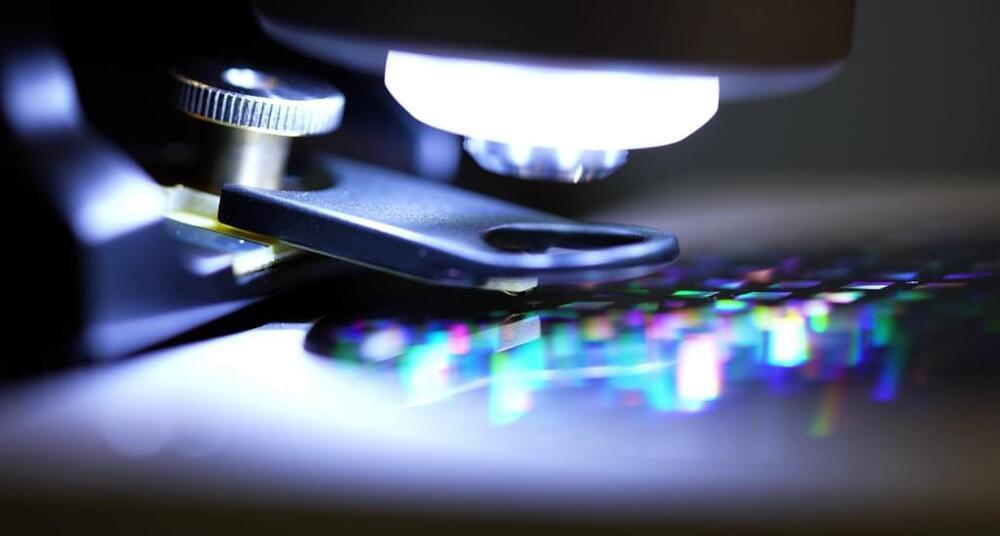
ICSPI, a leader in benchtop nanoscale imaging instruments, has announced the launch of its new Redux AFM, an automated atomic force microscope (AFM) designed to allow scientists and engineers to effortlessly collect 3-dimensional data at the nanoscale.
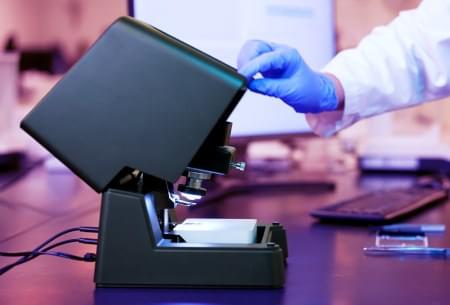
ICSPI’s mission is to expand access to nanoscale measurement with powerful, automated and intuitive imaging tools. Building on the success of its nGauge AFM, of which hundreds of units are in operation in over 30 countries, ICSPI is excited to introduce the Redux AFM and elevate the user experience of nanoscale imaging with automation.
Traditional AFM instruments, while powerful for nanoscale surface imaging, are often hindered by complex and time-consuming setup processes which are rooted in technology developed in the 1980s. Recognizing this challenge, ICSPI revolutionized the landscape with its unique AFM-on-a-chip technology. The Redux AFM, harnessing this breakthrough technology, makes nanoscale imaging effortless. By integrating multiple components onto a single chip, the Redux eliminates the cumbersome aspects of traditional AFM, such as silicon probe exchange, cantilever alignment, tip crashes, tip-sample approach, and controller tuning.

Performance Factors Include Spike Geometry
This technology is perfectly suited to the spike plates in bobsleigh, which, until now, was essentially off-the-shelf. 3D printing opens up entirely new possibilities. Performance factors such as geometry – where exactly the spikes placed, the number of struts and teeth, and the weight can be efficiently varied. The spike plates can be printed quickly and inexpensively, tested by athletes until the optimal result is achieved. There is no longer a standard; the efficiency of the process allows for the production of individual plates for each athlete. The ongoing optimisations are expected to be completed by the 2026 Winter Olympics. The experts are also targeting the stiffness of the plates and, consequently, the shoes because not every athlete performs best with the same shoe stiffness.
Another milestone in this journey was reached this year. Various materials for 3D printing are now available for the spikes, tested by athletes. The use of special construction software is also new. It is utilised to optimise components for vehicles as well as equipment for BMW Group production systems in terms of weight and stiffness. This software also aids engineers at the BMW Group in designing the spike plates. It allows for the rapid, automated, and, above all, individually tailored creation of the respective 3D print data. The preferred parameters of each athlete – such as geometry, stiffness, number, and shape of spikes – are automatically incorporated into the design and adapted to the individual plates, based on 3D scans of the athletes’ shoes. This algorithmic design process results in significant time savings and maximum variability.